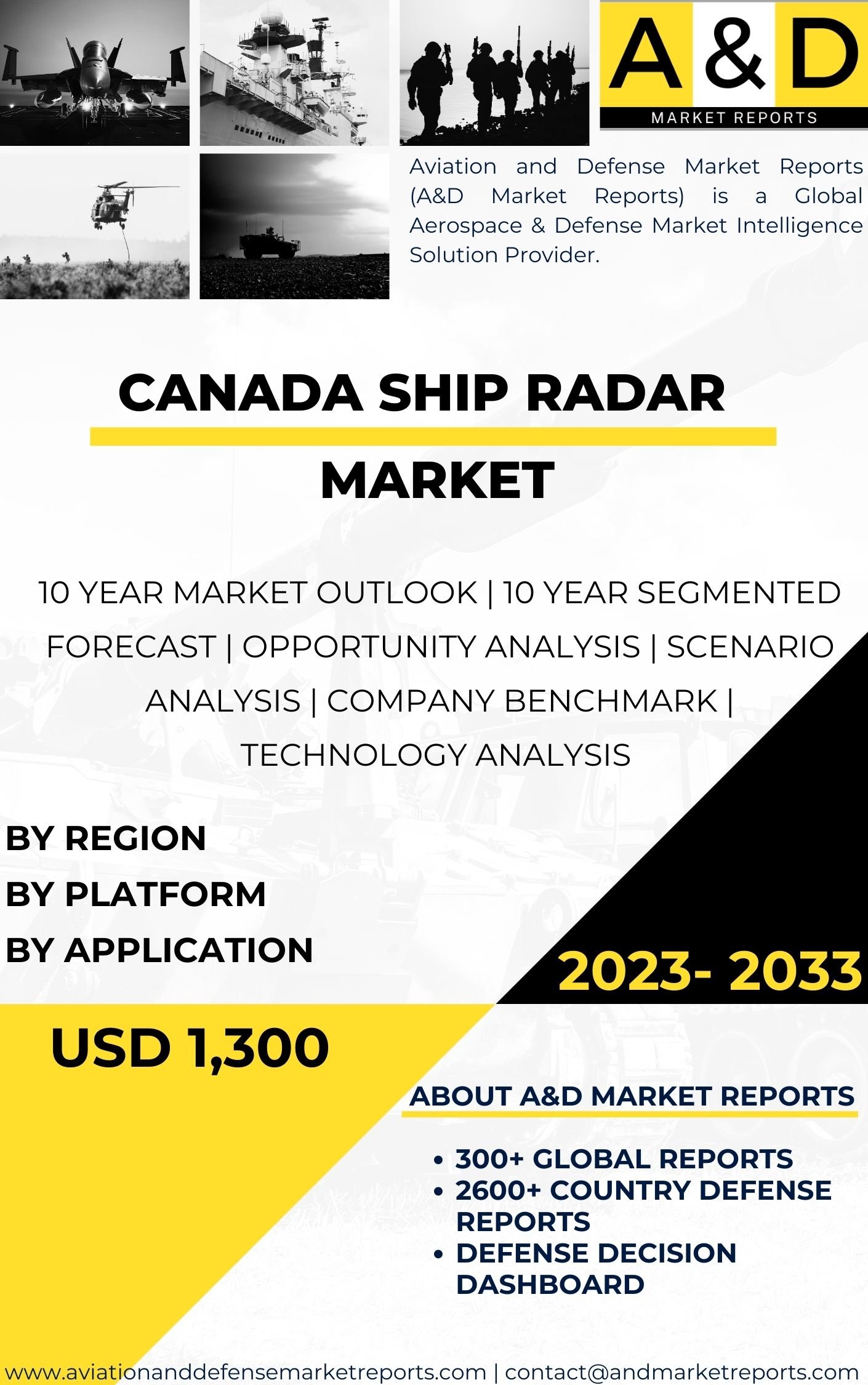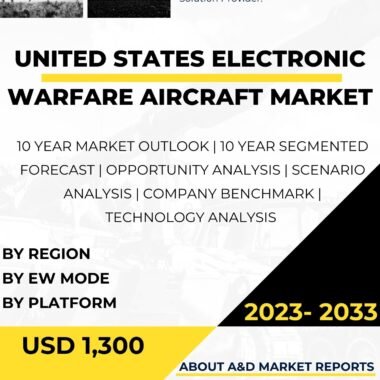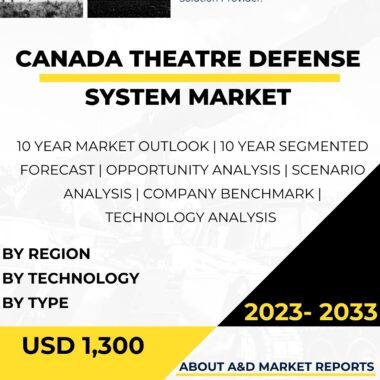Description
Ship radar plays a pivotal role in Canada’s maritime operations, ensuring safe navigation, enhancing situational awareness, and promoting national security in its extensive coastline and vast territorial waters. The integration of advanced radar technology on Canadian vessels has significantly contributed to safeguarding maritime interests, enabling efficient search and rescue operations, and supporting various maritime missions critical to the nation’s economy and security.
The history of ship radar in Canada can be traced back to the mid-20th century, when radar systems were first introduced on naval vessels for navigation and anti-submarine warfare purposes. Over time, the technology evolved, leading to the development of more sophisticated radar systems with enhanced capabilities.
Ship radar operates on the principle of transmitting radio waves and receiving the reflected signals, or echoes, from surrounding objects. These radar systems allow naval vessels to detect and track other ships, navigational hazards, and adverse weather conditions, thereby facilitating safe and efficient navigation.
In Canada, ship radar is deployed across a wide range of vessels, including naval ships, coast guard vessels, merchant ships, fishing boats, and research vessels. The Canadian Coast Guard, in particular, heavily relies on radar technology to carry out its maritime safety and environmental response missions.
For the Royal Canadian Navy (RCN), ship radar plays a crucial role in maintaining situational awareness during naval operations. The RCN’s vessels are equipped with modern radar systems capable of long-range surveillance, detection of surface contacts, and identification of potential threats. This capability allows the RCN to protect Canada’s maritime sovereignty, monitor territorial waters, and support international security efforts.
In addition to the RCN, the Canadian Forces also deploy ship radar on vessels engaged in search and rescue (SAR) operations. Radar systems enable SAR crews to locate and track distressed vessels or individuals at sea, significantly enhancing response times and the success rate of rescue missions.
The Canadian Coast Guard relies heavily on ship radar to support its mandate of ensuring maritime safety, environmental protection, and efficient navigation in Canadian waters. Coast guard vessels are equipped with advanced radar technology to monitor shipping traffic, detect icebergs, and respond to distress signals. This radar capability is particularly crucial in Canada’s Arctic waters, where navigational challenges and unpredictable weather conditions demand robust situational awareness.
The Canadian Coast Guard also operates vessels equipped with specialized ice radars to navigate and support scientific research in Arctic and sub-Arctic regions. Ice radars provide critical information on ice conditions, thickness, and movement, enabling safe passage for vessels and enhancing understanding of changing ice dynamics due to climate change.
As the demand for maritime traffic increases, Canada faces challenges related to vessel congestion and potential collision risks. To address these concerns, modern ship radars are equipped with collision avoidance systems, which use radar data and Automatic Identification System (AIS) information to calculate the risk of collision and provide early warning alerts to bridge crews.
Furthermore, radar technology continues to evolve, with the integration of radar satellite systems to support maritime surveillance. Radar satellites can provide all-weather, day-and-night monitoring of maritime activities, offering additional surveillance capabilities that complement ship-based radar systems.
Apart from navigational applications, ship radar plays a vital role in supporting maritime law enforcement and security operations. Vessels engaged in fisheries protection, border security, and counter-smuggling activities rely on radar to detect and monitor suspicious vessels or illicit activities.
Ship radar also contributes to Canada’s commitment to environmental stewardship in its maritime domain. By monitoring and tracking oil spills, marine pollution, and other environmental hazards, radar-equipped vessels play an essential role in identifying and mitigating potential threats to marine ecosystems and coastal communities.
The use of ship radar in Canada is not without challenges. The vastness of Canada’s coastline, particularly in the Arctic regions, poses logistical and operational hurdles for radar installations. Harsh environmental conditions and the potential for radar interference in ice-laden waters necessitate specialized maintenance and operational practices.
Additionally, the maritime domain presents unique radar challenges due to factors such as wave clutter, rain, and sea-surface reflections. As a result, continuous research and development efforts are undertaken to improve radar signal processing and target detection algorithms, ensuring optimal performance in varying maritime environments.
As technology advances, future developments in ship radar may include the integration of artificial intelligence (AI) and machine learning algorithms. AI-driven radar systems can analyze and interpret radar data in real-time, enhancing the automatic detection and classification of maritime targets, such as vessels, buoys, and floating objects.
In conclusion, ship radar technology plays a vital role in Canada’s maritime safety, security, and environmental protection efforts. From the Royal Canadian Navy’s naval operations to the Canadian Coast Guard’s SAR missions and environmental research, radar-equipped vessels ensure safe navigation and effective response capabilities across Canada’s extensive coastline and territorial waters. As technology continues to evolve, Canada’s commitment to advancing ship radar capabilities reinforces the nation’s ability to safeguard its maritime interests, protect the marine environment, and respond effectively to emerging challenges in the dynamic maritime domain.




